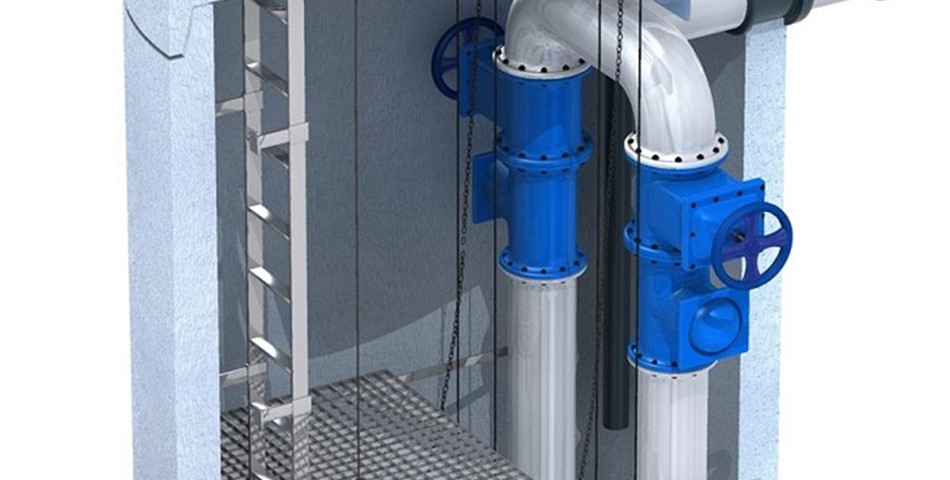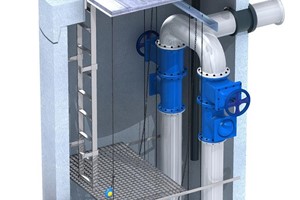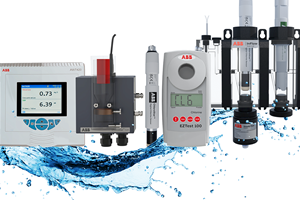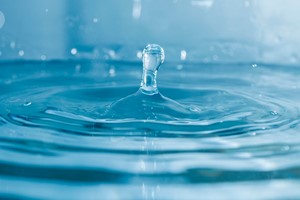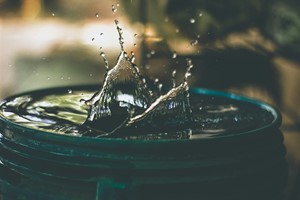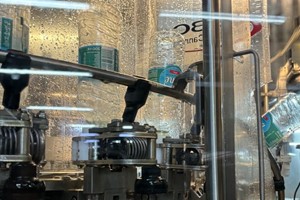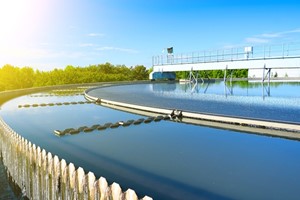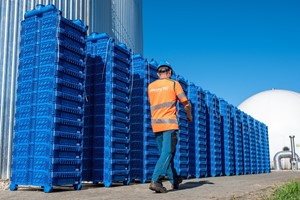The notorious Genoa low, also known as «the V(5)-track cyclone», repeatedly brings catastrophic rainfall in its wake. The low-pressure system extends across the Mediterranean region near the Gulf of Genoa. As it moves above the Mediterranean, it fills up with humid air and then strengthens as it heads in a northwesterly direction around the Eastern Alps. Depending on the path it takes, the front can cause extensive and long-lasting steady rain in eastern and southeastern Germany, Poland and the Czech Republic. Nearly all of the major flooding disasters in recent years on the Oder, Elbe and Danube rivers can be attributed to the Genoa low. In 2010, for example, the Oder catchment area experienced the second-worst flooding disaster since the end of the 1940s. Between 15 May and 20 May 2017, a huge amount of rain fell in the Oder catchment area, with rainfall accumulation as high as 180 mm/m2. The second-highest rate of rainfall since weather services began recording such data – 2,100 cubic metres per second – was registered at the Czech-Polish border. Poland, which has been among the hardest-hit countries in terms of flooding, has invested a substantial amount of money in flood protection measures over the last few years. Unfortunately, Poland still faces major challenges, as instances of heavy rainfall continue to increase due to climate change. The expansion and monitoring of sewer systems is crucial here – and since 2007, more than 5,000 KELLER Series 46 X transmitters have been installed for sewage applications in Poland. The transmitters are mostly used in newly built or upgraded lift stations, which pump wastewater in so-called back-flow loops to a level higher than the downstream manholes in the sewer system. In heavy rainfall, a situation is thus prevented in which wastewater is pushed back into buildings and ends up flooding basements.



